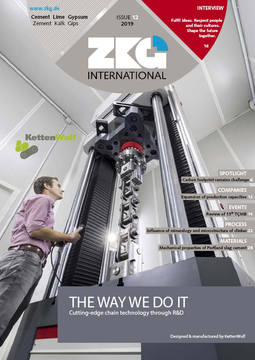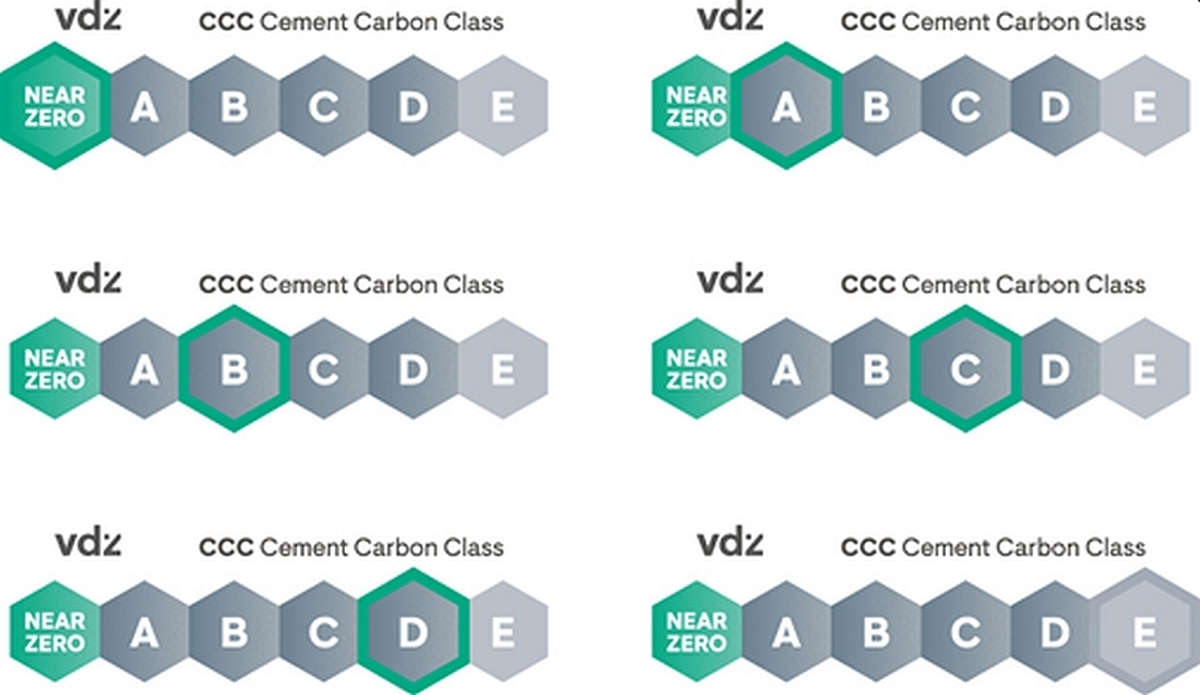Carbon footprint remains a challenge for the cement industry
In the past year, German cement manufacturers have invested in a large number of measures to further reduce their carbon footprint. These include both renewed efforts to improve the energy efficiency of cement production enabled by new production facilities and an additional increase in the share of alternative fuels utilising biomass. This is shown by the “Environmental Data of the German Cement Industry 2018” which is published annually by the German cement manufacturers. “We have also made significant progress this year and further improved our CO2 performance,” says Christian Knell, President of VDZ. “However, it is also clear that we are increasingly reaching our limits in reducing CO2 emissions with existing technology. We are therefore working on new, future-oriented technologies, above all on capturing CO2, which will allow us to continue using it or, if necessary, to store it.”
In the period between 2015 and 2017 alone, the German cement industry invested more than half a billion euros in machinery and equipment and in the environmental technology in their plants, in particular. For example, it was possible to further reduce emissions by utilizing modern emission control technologies. In this way, even the new, reduced, 200 mg/m³ limit value for nitrogen oxides (NOx) can be reliably met by the cement manufacturers.
The reduction of the clinker factor in cement still offers potential to circumvent CO2 emissions. For example, new types of cement, with a clinker content between 35 and 64 %, have been developed. However, these cements can only be used when the EU Commission has published the revised and harmonised EN 197 European cement standard. The rules for use must be adapted in the concrete standard at the national level. “Here, all those involved in the construction value chain are ultimately challenged to bring the low-clinker cements to the market for use,” VDZ President Knell emphasises.
However, industry decarbonisation, as envisaged in order to achieve the climate goals, will only be possible with completely new technologies. Against this backdrop, the cement industry has been working intensively on carbon capture in recent years under the umbrella of the European Cement Research Academy (ECRA). It may therefore now be possible to initiate the appropriate industrial-scale testing in the context of demonstration projects. “However, it currently remains unclear to what extent the CO2 from the production process can be used or stored for other purposes,” explains Knell. Above all, there is still a lack of a suitable CO2 infrastructure to which the cement plants could also be connected. Here, all stakeholders from society, politics and industry will need to cooperate to find joint solutions.
//www.vdz-online.d" target="_blank" >www.vdz-online.d:www.vdz-online.de/en



